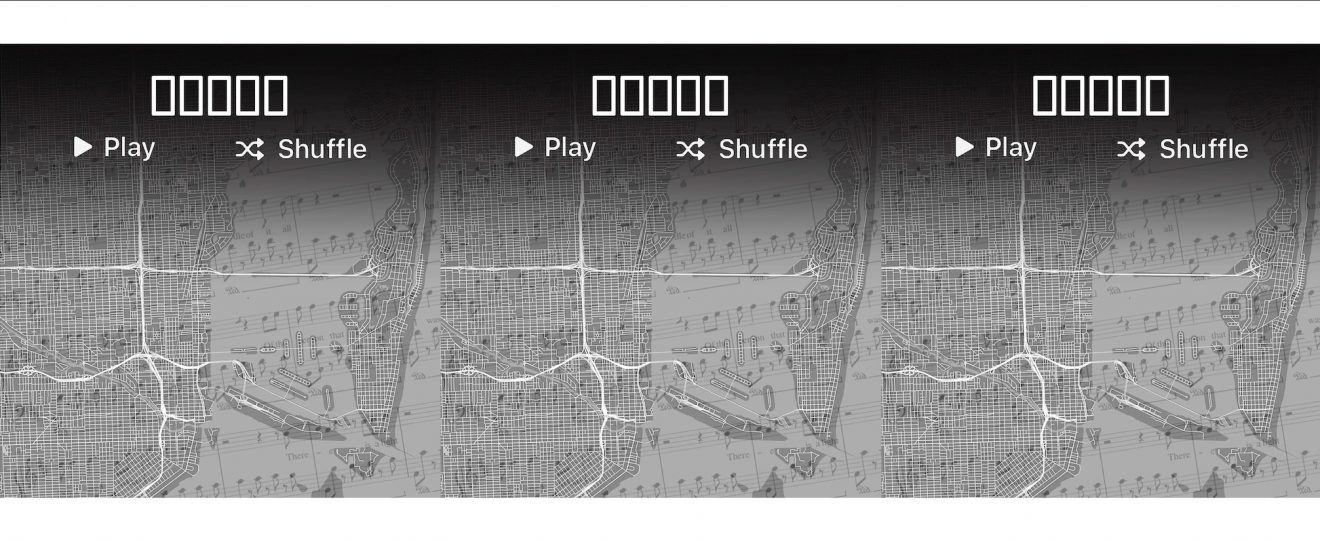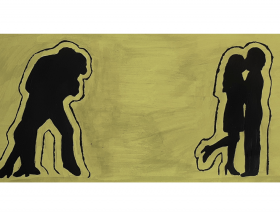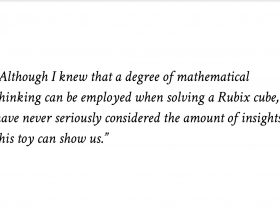Perhaps I didn’t search hard enough, or use the correct phrasing, but I have not been able to locate a single academic article discussing the relationship between place and song. That, naturally, leads me to examine my music library. Music means different things to different people, true, but I think we can all agree on the brain’s ability to associate certain songs with memories, people, or even places. I was scrolling through my music library and realised just how many songs I have listened to that are connected to various locations, whether cities or specific places. I wish I could discuss each one, but then the editors would come for my arse so let’s not do that.
‘Bethlehem’ by Declan McKenna evokes an instant connection to the mental asylum in London. A foreboding atmosphere sinks in as we take in the horrific past of the institution and his words evoke the specific, haunting connotations that harangue this location. McKenna reaches for death: he is ‘heaven sent’, and it seems his days in the torturous hospital are over–perhaps he is moving on from a broken relationship, both with himself and with a significant other–and his time spent mentally recovering could be a symbol of acceptance and growth. Certainly, the upbeat nature of the music and transition of sombre verse to his drummed instrumental pre-chorus serve as musical indications of hope.
Another song by McKenna–‘Brazil’–confronts the corruption surrounding the 2014 FIFA World Cup.The incredible financial levy the Cup required led to mass protests over the amount of public funds spent, as well as outrage over the number of displaced families for the redevelopments. His lyrics immediately draw us into the country, ‘I heard you sold the Amazon’, as he implies the Brazilian government’s spending could be compared to selling their biggest asset – the Amazon – to host the World Cup. ‘I’m faithless now’ compares football to religion and plays on the Brazilian government’s well-documented Catholicism; further religious details can be heard with references to “Lord” and “God” and “angel”. It seems that he cries out to God in the face of adversity and makes it his “mission” to help the Brazilians in the only way he can–drawing attention towards the controversy through song. McKenna also reminds us distinctly of his generation with the reference to “A fine something all people need”–a line from Dr. Seuss’s “The Lorax”. We now understand his message not only focuses on economic corruption, but the environment as well. The environmental toll of the World Cup subsequently also had a large human consequence. “People are dying to, to get on TV” directly highlights the human cost of the World Cup, as over 170,000 people were displaced to build or renovate stadiums, roads, and airports, among other infrastructure. This song encapsulates the contemporary political tensions and accusations of a government that prioritises a “game” over its country and its people who are, quite literally, crying out for existing issues to be addressed. McKenna ends with a triple threat on the “triple collateral” representing his attacks on FIFA, the rich, and the Brazilian government.
Then there are songs, such as Hooverphonic’s ‘Amalfi’, that really haven’t got anything to do with the location, and yet place takes over, cementing itself as the title of a piece describing one’s lover. Land and water are used to depict the “hypnotising” effect the lover has on the singer. Flip Hooverphonic’s expression of love and joy and we get Young the Giant’s ‘Islands’. Desolate and despondent, the painstakingly slow tempo feeds into the desperate realisation that “you were my lover” and “I could never hold you”. The place “island” is used as a metaphor to represent his lover’s body, with the final missive , “have you missed my warmth on your island?” directly feeding this narrative.
Please do believe me, I am not trying to turn this into an academic essay. But Loreena McKennitt’s ‘The Lady of Shalott’ draws me immediately to Walter Crane’s 1862 oil painting replication, and, of course, it is simply Alfred Tennyson’s ballad in song form. Without getting too into Victorian poetic analysis, the name of the Lady of Shalott, Elaine, is never mentioned. She is plagued by a curse that leaves her unable to directly look at the city of Camelot, instead watching the busy road and people who pass by through a mirror. Her later act of escape serves as a form of female empowerment, but in death she becomes a ‘Sleeping Beauty’, a symbol of perfect female passivity. Death is the cost of trying to be a part of a male-dominated world. Tennyson’s decision to omit her name from the poem binds her to location and man, with the poem’s rhyme tying her to Camelot and Lancelot respectively. By etching her name on the boat that carries her dead body into Camelot, she identifies herself as forever linked with her location (Shalott). Effectively, she can only be seen in death, and her decision means she can only be identified as belonging to a place, still nameless in her fleeing.
Escaping confinement is a common theme–Khalid’s ‘Suncity’ explores the concept of running to El Paso, Texas, Khalid’s hometown. In the chorus, Spanish lyrics explode with imperatives of “take me to suncity”, which is presumably where his heart lies. The mix of Spanish and English combines heart and mind; as a bilingual, your mother tongue can occupy a living, breathing space in your heart. Language latches onto location, and sentiment pulses with the percussive beat of the chorus. The outro features a voicemail extract from Spanish singer Rosalía, “I hope to see you very soon”, which adds to the build-up of homesickness we experience throughout the song, leaving the final message of hope at returning home.
Now, it wouldn’t be me if I did not squeeze Taylor Swift into everything. With Swift, location plays a large role in shaping her personal life; from ‘A Place In This World’ to ‘Cornelia Street’, she longs to belong. ‘A Place In This World’ depicts her loneliness, an artistic loneliness, as it seems she is unable to figure out her outer purpose. Swift calls out to the world, she is “ready to fly” as she tries to “find a place in this world”. The constant repetition of “I’m just a girl” reminds us of her youth in the self-titled album and is a sad reminder of societal pressure on young female artists. In ‘Cornelia Street’, place and person are locked in a passionate embrace; should her lover leave her, she would “never walk Cornelia Street again”. London is not just a city to Swift; it is the city that belongs to her lover, as “this city screams your name”. The apartment at Cornelia Street brings the birth of a new relationship, and the song’s close takes us right back to the beginning, repeating the first two lines, so we can watch the entire story unfold once again.
What exactly is my point in closely analysing lyrics, you may ask. Well, exploring the link between location and song opens us up to wider connections with memory. The human ability to long for the past through music is enshrined in place and memory. That strange (but proud) feeling you get when you remember all the lyrics to a song you haven’t sung in years comes down to our memories and how music is alive in our minds. We cannot help but love a ‘Throwback Thursday’, as it tickles our memories and may sometimes bring back experiences that are still relevant. This brings us to ah, yes, nostalgia. The phenomenon that always creeps into our lives. Madonna’s ‘La Isla Bonita’ is, in fact, a song written directly about nostalgia for a place. She falls in love with “San Pedro”, and her desire to return to the Spanish island is intermingled with her love for a boy she has met. Love, location, language, and lyric once again fuse as outbursts of love repeat in the chorus “Te dijo te amo” and “El dijo que te ama” (translation: ‘he said he loves you’). The power of music influences our memories, calling out to location and language, as they dance together to remind us of distinct places in our past. Artists approach location in a variety of ways, but they all distinctly allude to other, more pressing issues than the location itself. Location is thus used as an anchor, allowing emotion or greater political messages to be heard under the veil of their geography.
Art by Mafer Martinez
Playlist by Keyona Fazli





An interesting article . Haven’t read anything like this .
Thanks